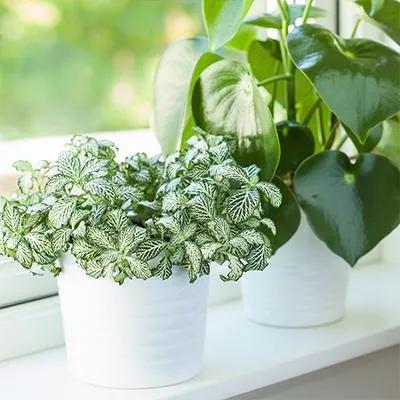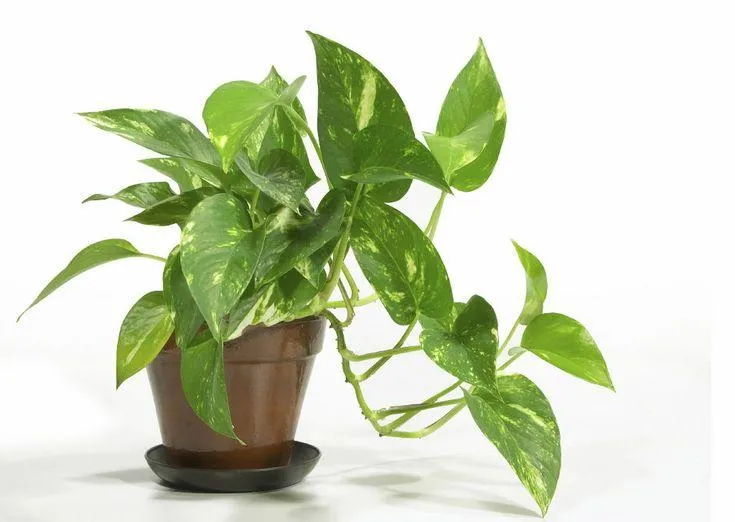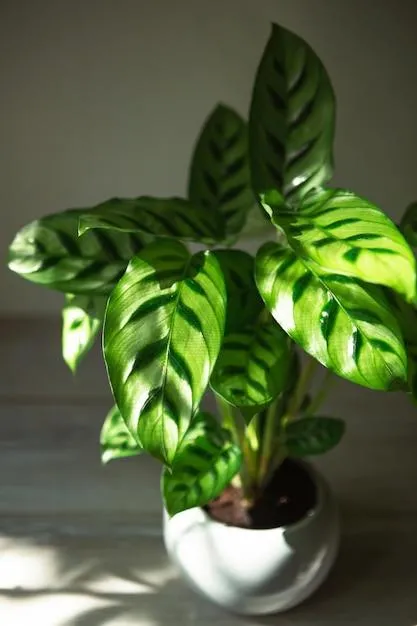Your Complete Guide to Indoor House Plants
Are you looking to spruce up your home with some life and greenery? Wondering whichtypes of plants would work best indoors? In this article, I’ll cover all the basics you need to know about indoor house plants – from popular varieties to care tips.
Popular House Plant Options
- Pothos: Known for being virtually indestructible, pothos is a great option for beginners. Its heart-shaped leaves come in various colors like green, white, or variegated. Pothos thrive in low to medium light.
- Spider plant: With long, grass-like leaves and little white flowers that resemble spiders, spider plants are visually appealing. They do well in medium to bright light and can live for over 20 years with care.
- Snake plant: Snake plants are tough as nails. Their long, upright leaves add texture and require very little water. They’re extremely tolerant of low light.
Some other popular options include peace lilies for their beautiful flowers, Chinese evergreens for their colorful leaves, and philodendrons and monsteras (“Swiss cheese plants”) for their lush, tropical look.
Light Requirements
One of the most important factors in choosing house plants is understanding their light needs. Plants require a specific amount of sunlight to photosynthesize and thrive. In general:
- Low light plants like pothos and snake plants do well in east, west, or north-facing windows or more than 3 feet back from a south-facing window.
- Medium light plants like spider plants and Chinese evergreens prefer some direct sunlight daily, such as a few hours of sun in an east or west-facing window.
- High light plants such as peace lilies and philodendrons need at least several hours of direct sunlight daily, like a south or west-facing window.
Evaluate the light levels in your home before selecting plants to ensure they’ll be happy in their conditions long-term. Potted plants inside the house also tend to dry out quicker than outdoor garden plants due to central heating, so more frequent watering may be required versus sunlight alone.
Watering Tips
Under-watering is far less detrimental for indoor plants than over-watering, which can cause root rot. The easiest way to determine when to water is by checking the soil moisture. Stick your finger about an inch into the soil – if it’s dry, it’s time to water. Some signs plants need water include:

- Drooping or wilted leaves
- Leaves that feel thin or limp
- Potting mix that pulls away from the sides of the container
- Pot feels light when you pick it up, indicating dry soil
When watering, soak the soil thoroughly until water drains freely from the drainage holes. Don’t just sprinkle a little on top. After watering, empty any excess water that collects in the saucer rather than letting the plant sit in it.
From my experience, it’s kind to underwater than overwater indoor plants. That being said, adjusting watering based on signs like wilting is key, as no two plants have identical needs. Consistency is also important for healthy roots.
Soil and Fertilizer
Most indoor plants thrive in well-draining potting mixes that retain just the right amount of moisture. I recommend a good quality, organic potting mix for planting in containers. Be sure to check the pack for specifics on whether it already contains fertilizer.
Fertilizing indoor plants every few months during the active growing season gives them a boost. I favor water-soluble, all-purpose house plant food which is convenient to use. Just follow label instructions for diluting the fertilizer in water and giving your plants a thorough watering.
Proper planting medium and occasional fertilizing ensures your plants receive optimal nutrients. Always check individual plant care tags too, as requirements can vary slightly.

Pruning and Pests
Pruning house plants promotes bushier, fuller growth. Carefully snip off dead or damaged leaves or stems with clean scissors or pruners. Many plants like spider plant and pothos can be gently pulled or pinched to encourage branching.
Preventing and treating pests early is crucial too. Common house plant invaders encompass spider mites, root mealybugs, and scale – which all suck plant juices. A dilute neem oil or insecticidal soap spray safely eliminates most pests. Insecticides containing pyrethroids work too in emergencies. Regular wiping of leaves deters pests.
Rotating plants occasionally improves air circulation and discourages disease or infestations. Place plants in spots matching their light needs. Under bright windowsills, plants dry quicker too – so take care not to overwater.
Most importantly, enjoy your plant kids at a comfortable pace! Don’t get overwhelmed trying to care for too many varieties simultaneously if you’re new at this. With some trial and error, indoor greenery becomes easier and very fulfilling over time.
Houseplants not only beautify living spaces but also purify indoor air and boost moods. I hope these care tips help you select kinds thriving for conditions in your home. Feel free to ask any other questions! Happy gardening!

“Top House Plants for Any Home”
| Plant | Care Level | Size | Bright Light Needs |
|---|---|---|---|
| Snake Plant | Low | Tall | Low |
| Pothos | Low | Trailing | Low-Medium |
| Succulents | Low | Varied | Bright |
| ZZ Plant | Low | Tall | Low |
| Peace Lily | Low | Medium | Medium |
FAQ
-
What are some common houseplants?
Basically, some typical houseplants are peace lilies, pothos, spider plants, succulents, and English ivy. These plants are kind of easy to take care of and will live for a long time indoors.
-
How often should I water houseplants?
It depends on the plant, but as a general rule, you’ll want to water when the soil gets dry. Stick your finger in the dirt to check the moisture level. Some folks water once a week, while others do it every couple weeks. The amount of sunlight and humidity in your home also affects watering needs.
-
What kind of light do different plants need?
Believe it or not, not all plants like bright sunlight. Some prefer low lighting. You’ll want to do your research to find out if a plant thrives in indirect sunlight, filtered light, or full sun. That way you can put it in the right spot in your home. Place sunlight lovers near south-facing windows, for example.
-
How do I know if a plant is getting too much or too little light?
Plants will usually tell you! If leaves are pale or yellowing, it’s not getting enough sunlight. On the other hand, if leaves are scorching or burning, it’s in too much direct sun. You may need to move the plant slowly to a spot with brighter or dimmer light. Observation is key to keeping your houseplant friends happy!

-
What kinds of plants are best for low lighting?
Experts say some good choices for low light include pothos, spider plant, snake plant, philodendron, andZZ plant. These beauties can survive with just a few hours of indirect light each day. Maybe put a spider plant in your kitchen? They seem to clean the air or something. I read that online, so it must be true!
-
How do I know if my plant needs fertilizer?
Plants may start looking a little peaky if they need a nutrient boost. The leaves can turn yellowish or growth can slow down. You can check the packaging for fertilizing instructions specific to your plant type. Generally, plants in soil are fed Diluted liquid fertilizer in the spring and summer. However, too much of a good thing can burn roots, so go light!
-
What should I do if my plant gets a pest?
Stay calm – most pests can be treated without tossing the whole plant. First, identify the critter: spider mites, scale, or fungus gnats? Then you can quarantine the plant and look for targeted remedies online. Some swear by neem oil or insecticidal soap applied every 5 days. You might also release ladybugs to naturally control aphids. With patience and TLC, your plant can recover.
